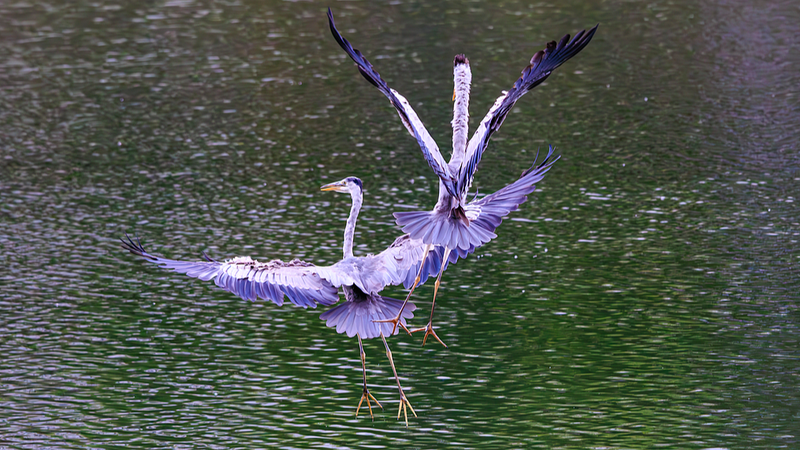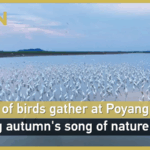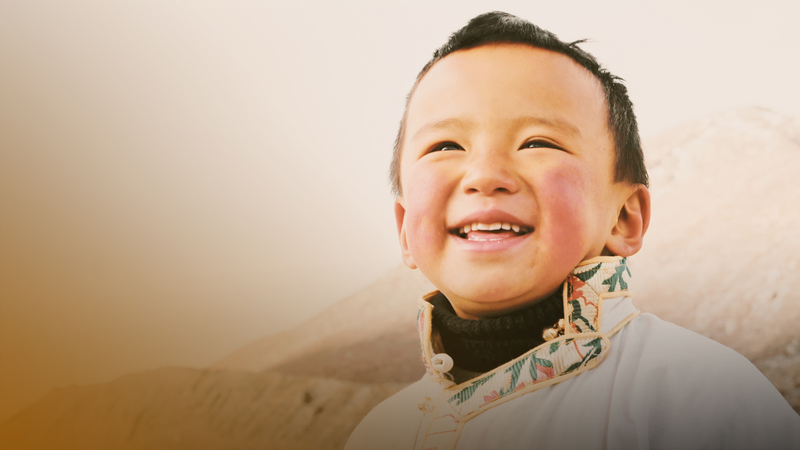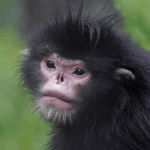Every winter, tens of thousands of black-headed gulls migrate to Kunming, a city in southwest China known as the 'Spring City.' But this year, these feathered travelers are greeted by more than just locals—they’re meeting cutting-edge AI tech! 🌍🔍
High-definition cameras, drones, and neural networks are now tracking the birds’ unique 'facial features,' like plumage and beak shapes, to monitor migration patterns and population health. Talk about a glow-up for conservation! 🚀
'This system does in hours what used to take experts days,' said Pan Min of the Kunming Dianchi Plateau Lake Research Institute. With 90% accuracy, the AI identifies species, counts populations, and even records feeding habits—all while minimizing human disruption. 🎯
Beyond Kunming, similar tech is spreading fast. Chongqing’s Shuangguihu National Wetland Park uses ultra-HD cameras for real-time bird tracking, while Shandong’s Yellow River Delta reserve has logged over 1,200 birds since 2022. 📸
Engineer Zhang Zhizhong calls it a 'game-changer' for biodiversity research. 'We’re protecting nature smarter, not harder,' he shared. The team’s findings, published in the Journal of Environmental Management, highlight how AI could redefine wildlife conservation globally. 🌿
So next time you spot a gull, remember: tech-savvy scientists might already know its story! 💡
Reference(s):
AI-powered 'bird facial recognition' boosts avian conservation
cgtn.com





